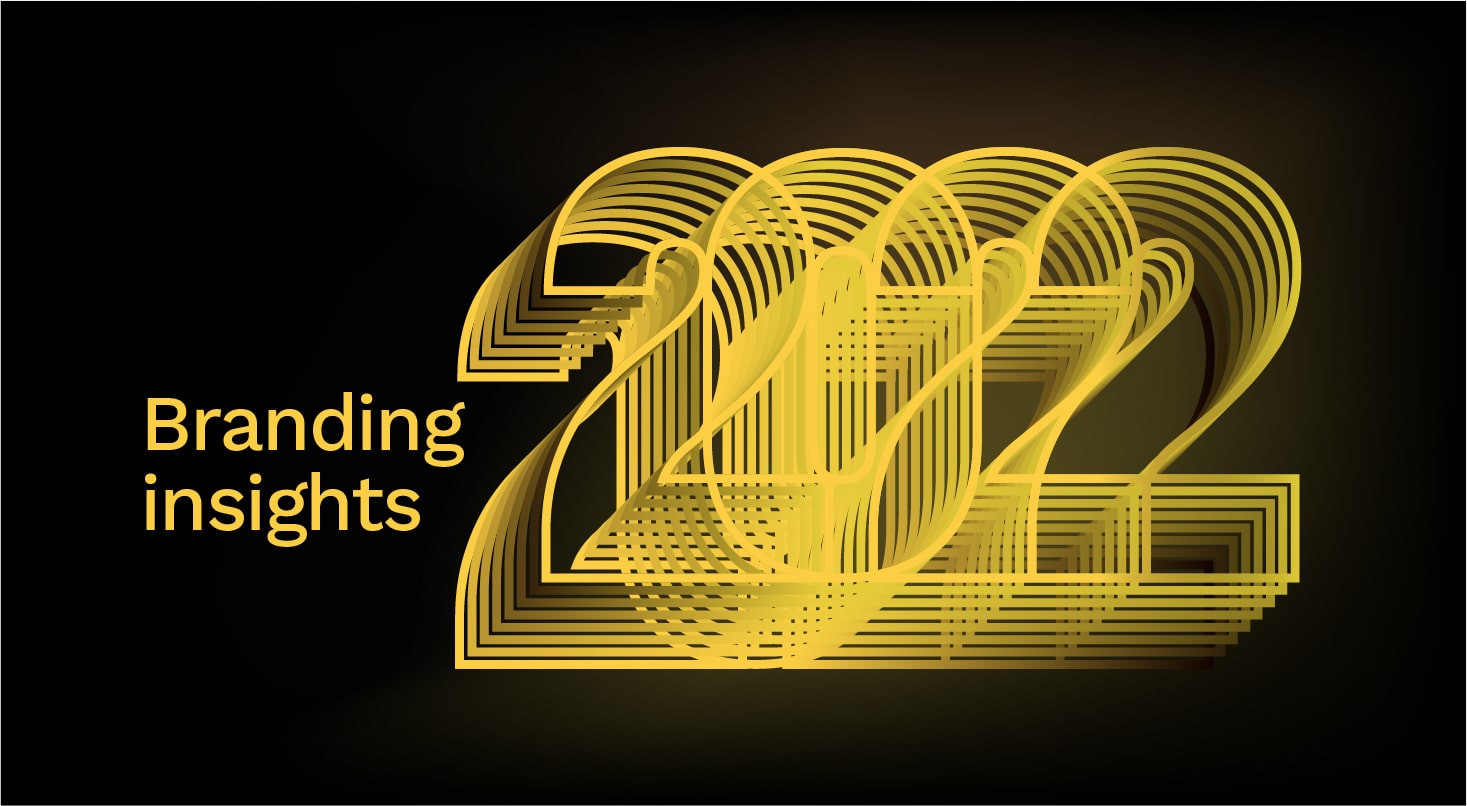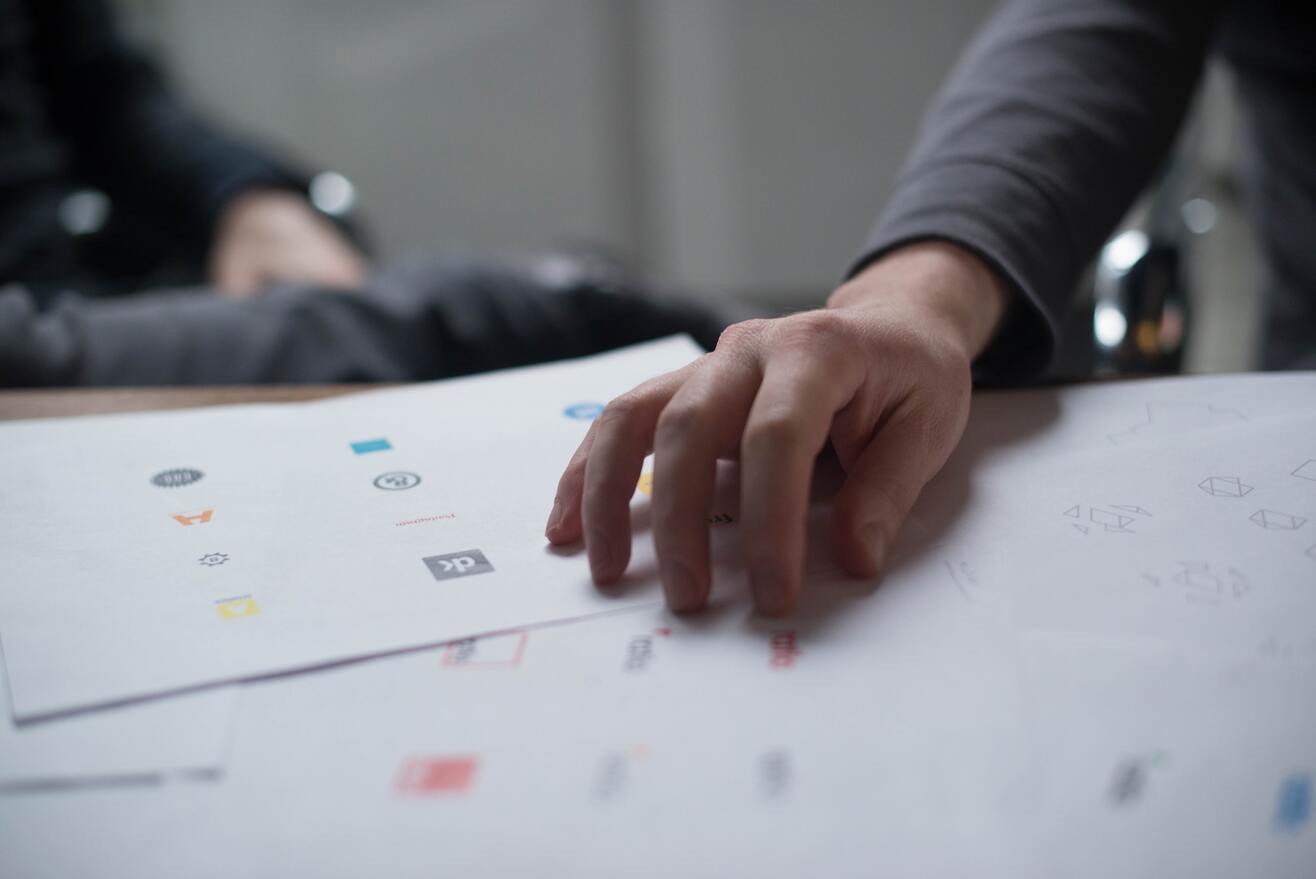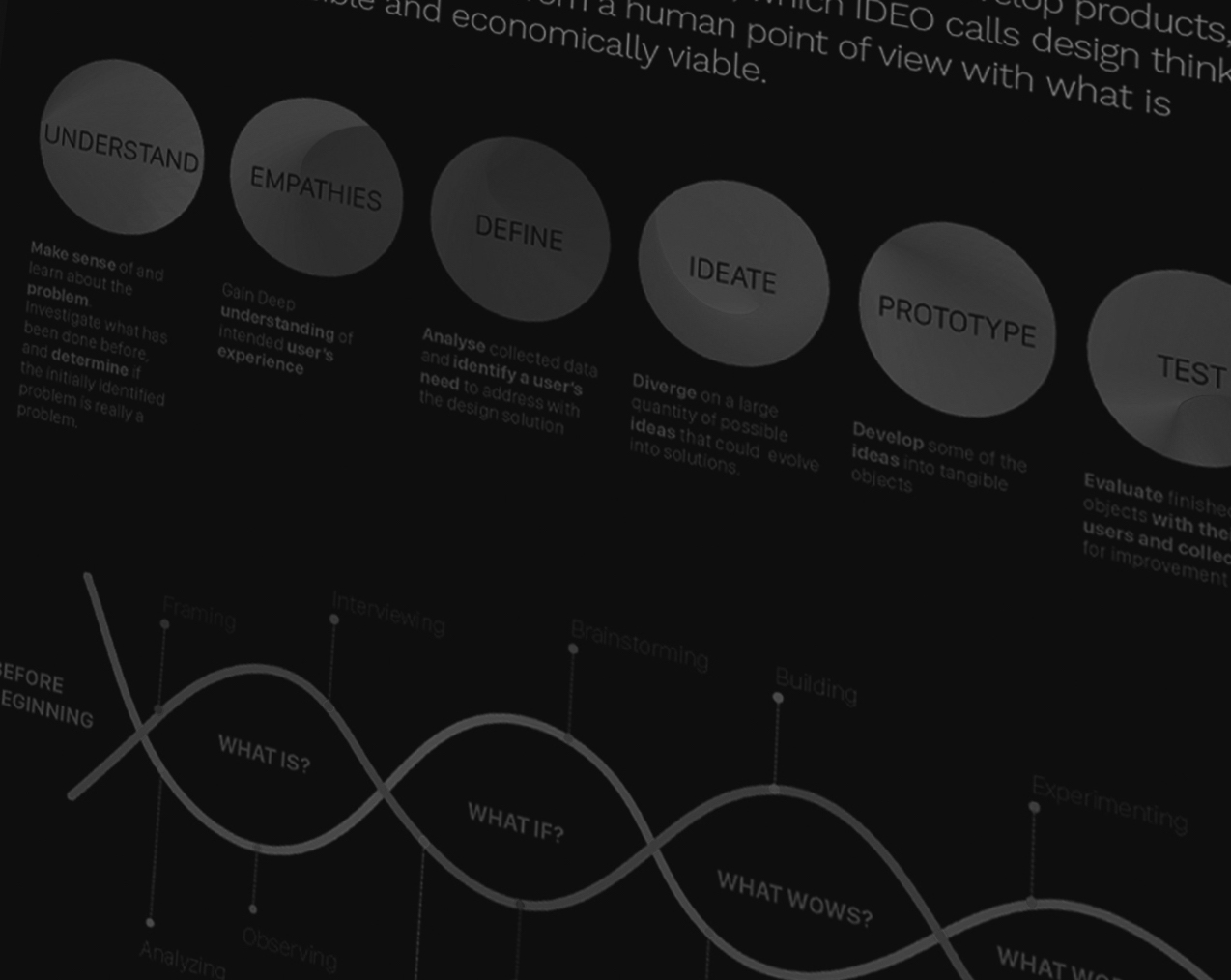User Experience VS. Design Thinking
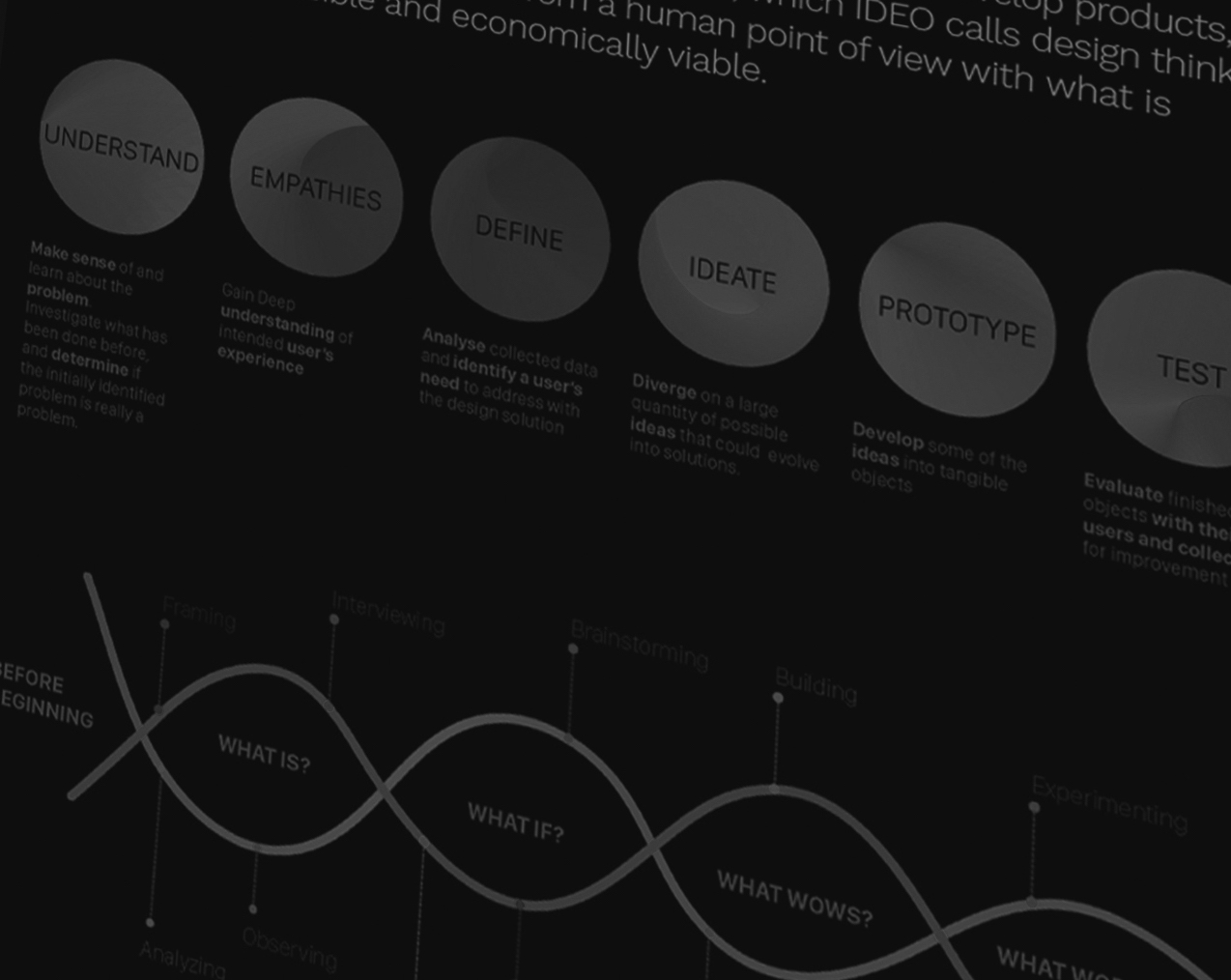
In this article,
- What is design thinking?
- What is UX?
- Comparison between design thinking and UX design?
- How did IDEO develop the concept of Design Thinking?
- Tips and tricks of UX design.
- How important is HCI in the design process?
- Conclusion
What is UX?
UX refers to user experience, which is the process of taking a solution (for example, audiobooks) and making it work in a user context (e.g., we need an Android app that integrates with Google Home to read our audiobooks).
Understanding the users through research methods, ideation, rapid prototyping, and testing with users are all common in design thinking and UX.
What is the design thinking process?
Design thinking, UI/UX, research, surveys, buyer personas, web design, Prototypes, content creation, UX copywriting, app design, and guidelines are all part of the process.
Design thinking is a systematic yet creative process whose aim is to understand the user as well as the targeted consumer behavior, challenge assumptions, and figure out the main problems with the aim of identifying backup strategies and smart solutions that might not be instantly apparent with our initial level of understanding.
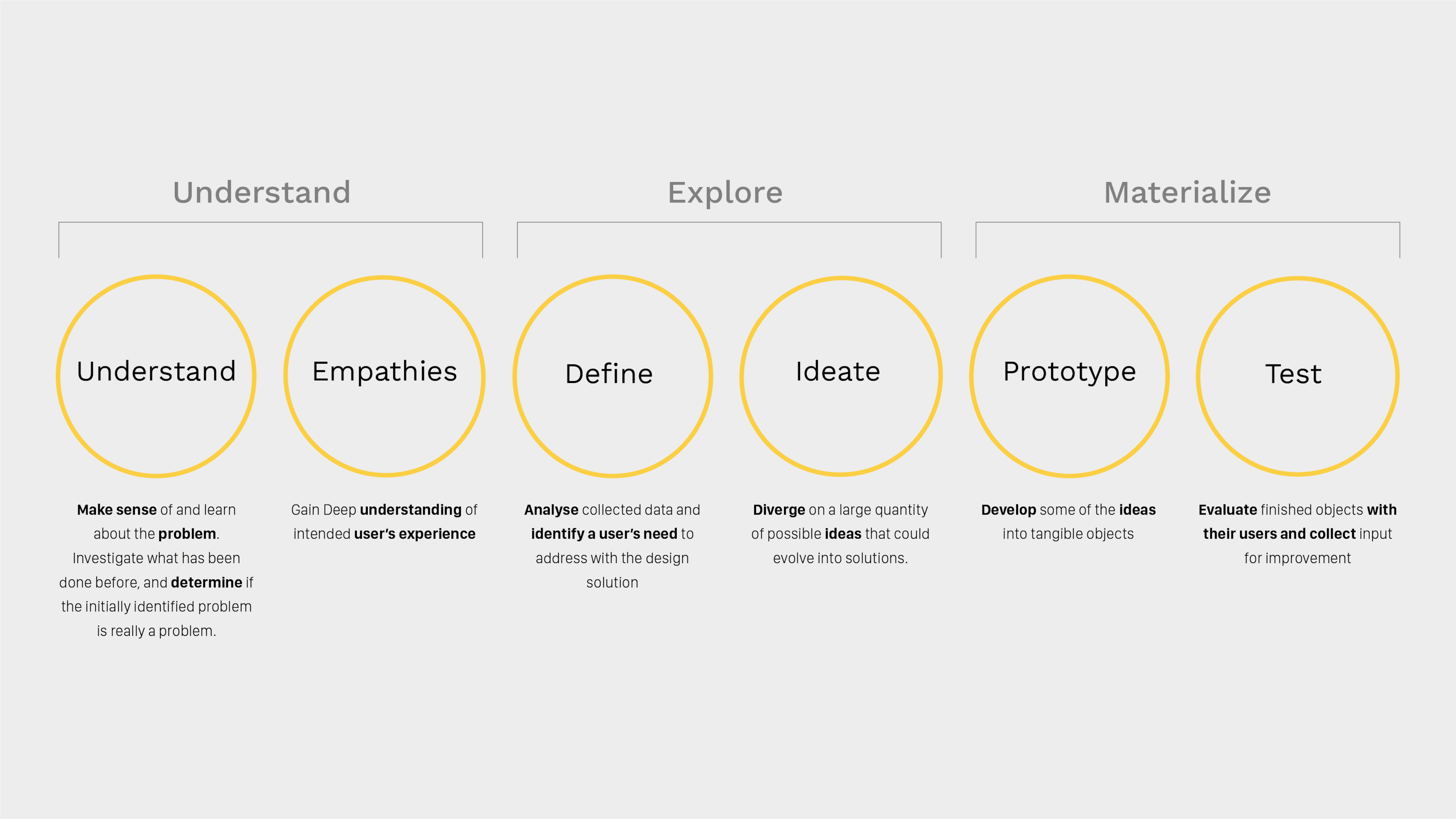
What is the relationship between design thinking and UX design?
Design thinking is a framework and methodology for creating the best user experience possible. In that sense, UX design is a construction process, with design thinking serving as a hammer that comes with an instruction manual on How to use it effectively.
Here are some points that help in comparison.
✦ Design thinking can be used at the conceptual stage of developing an app or service. It's a more holistic, broad approach to the product and the creation process itself.
✦ UX designers can use design thinking methods, but so can developers, product owners, and even marketers.
✦ Design thinking is a method or process. It is about applying a particular way of thinking to a given situation.
Design thinking is about finding the right problem to solve rather than solving a specific problem. Because the output of Design Thinking is not always a traditional design, it can be applied broadly to areas that are traditionally outside of "Design."
✦ UX Design is concerned with the act and result of designing. Interaction design, visual design, and information architecture are all examples of this. The term is most commonly applied to Human-Computer Interaction. At its core, UX design does not define a specific process.
✦ Design thinking begins with a problem (for example, people want to read more but don't have time) and seeks a viable solution (e.g. audiobooks).
How did IDEO develop the concept of Design Thinking?
The story of how IDEO (particularly Tom Kelley, David Kelley, and Tim Cook) developed the concept of Design Thinking may be useful here.
IDEO is a global design firm that began as a traditional product/service design firm. However, around the turn of the century, they discovered that their clients were approaching them to solve problems such as organizational design, business, and marketing issues in the company - problems that did not fall under the purview of design.
Because designers take a different approach to problem-solving (more human-centered, behavior-focused, etc.), they are sometimes able to come up with very innovative solutions and perspectives to problems that are outside of traditional "design."
As a result, IDEO decided to call the use of design principles as a general problem-solving framework "Design Thinking."
Tips and tricks of UX design.
User experience design (UXD, UED, or XD) is the process of increasing user satisfaction with a product by improving the usability, accessibility, and desirability of the product's interaction. User experience design incorporates and expands on traditional human–computer interaction (HCI) design by addressing all aspects of a product or service as perceived by users.
The practice of designing products, processes, events, omnichannel journeys, and environments with a focus on the quality of the user experience and culturally relevant solutions is known as experience design (XD).
A single design discipline does not drive experience design.
Instead, it necessitates a multidisciplinary approach that considers multiple aspects of the brand/business/environment/experience, ranging from product, packaging, and retail environment to employee clothing and attitude. The goal of experience design is to improve the experience of a product, service, or event along any or all of the following dimensions:
User experience design is a conceptual design discipline with roots in human factors and ergonomics, a field that has focused on the interaction between human users, machines, and contextual environments to design systems that address the user's experience since the late 1940s. With the proliferation of workplace computers in the early 1990s, designers began to prioritize user experience. Donald Norman, a design, usability, and cognitive science professor and researcher, coined the term "user experience" and popularized it.
For example:
As we used with HUB of The UAE We've walked a long journey with HUB of the UAE to make the entire identity speak about the UAE proudly for a website and a mobile application that connects sellers and buyers in a perfect luxury marketplace.

How important is HCI in the design process?
Human-computer interaction investigates the design and application of computer technology.
The interfaces between people (users) and computers were the focus.
Examine how humans interact with computers and create technologies that allow humans to interact with computers in novel ways.
Human-computer interaction is situated at the intersection of computer science, behavioral sciences, design, media studies, and several other fields of study.
In conclusion:
thinking is a strong approach to solving such problems because it is a well-defined process, whereas UX lacks a single agreed-upon process that defines it.
Design Thinking arose from the principles of UX Design or Design in general.
In business terms, Design Thinking = the 'what' and User Experience = the 'how.' UX often delves deeper into the design details, such as human/computer interfaces, graphics design, interactions, and much more.


